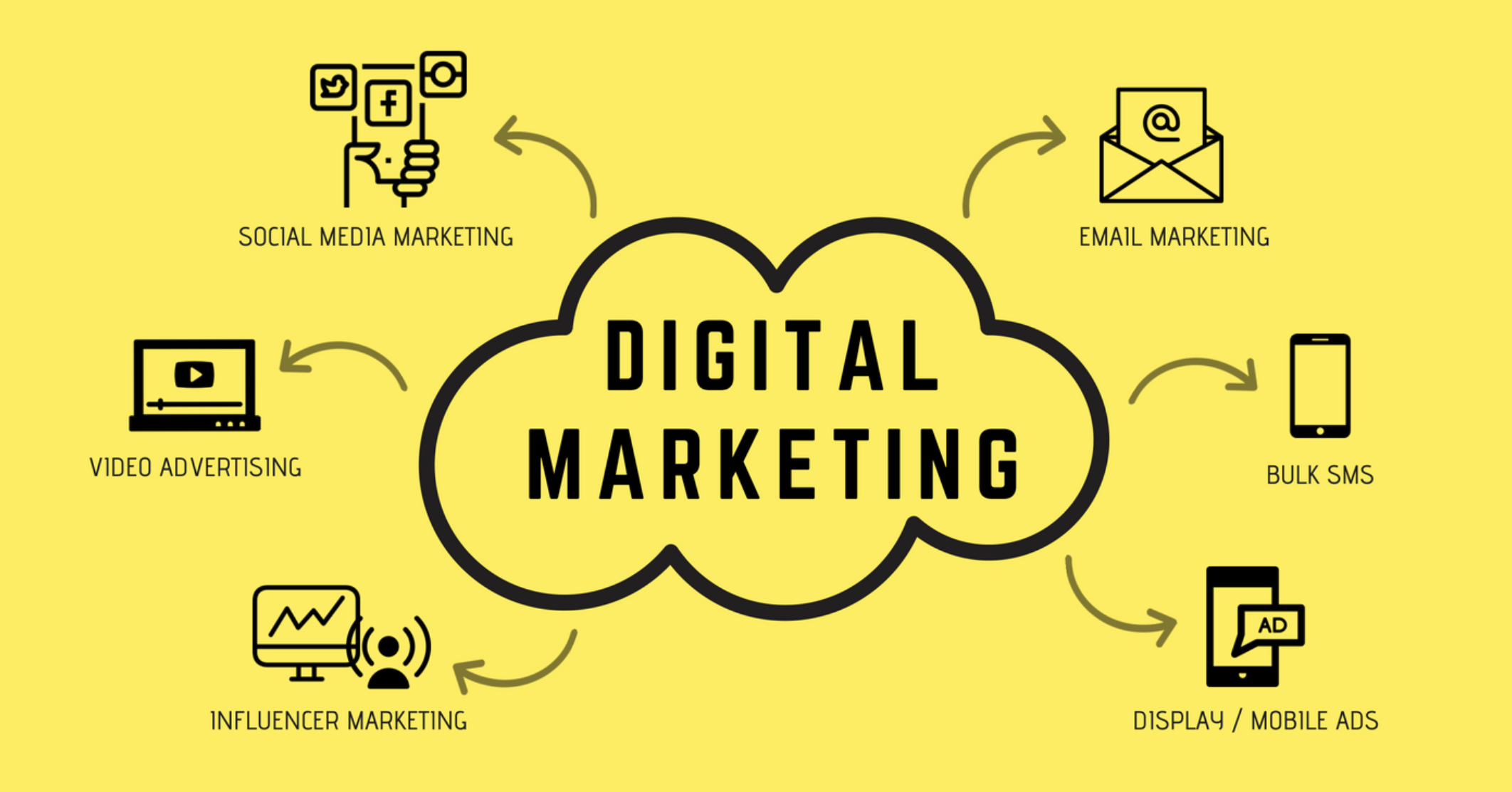Discover the Limitless Prospective of Web Design: Igniting Digital Advancement
Discover the Limitless Prospective of Web Design: Igniting Digital Advancement
Blog Article
Enhance Individual Experience and Drive Traffic With Receptive Website Design
In today's digital landscape, where individuals are accessing sites from a wide variety of gadgets, receptive internet design has actually become extra crucial than ever. With its capacity to adapt and seamlessly change to various screen dimensions, receptive layout not only enhances user experience yet likewise drives traffic to your web site.
Why Receptive Website Design Issues
Receptive web layout is a vital element of modern web advancement because of its ability to ensure ideal user experience across numerous gadgets and screen sizes. With the expansion of smart devices, tablets, and other mobile phones, it has actually ended up being essential for sites to adjust and provide seamless performance no matter the gadget being used.
The key factor why receptive web layout matters is that it enables customers to have a enjoyable and consistent surfing experience, no matter the tool they are utilizing. A responsive site immediately adjusts its format, layout, and material components to fit the display size and resolution of the tool, making certain that individuals can conveniently communicate and browse with the site with no aggravation or aggravation.
In addition, receptive website design likewise plays a substantial function in search engine optimization (SEO) Look engines, such as Google, focus on websites that are mobile-friendly and receptive in their search results page. By incorporating responsive style principles, sites can enhance their presence and position, bring about boosted organic website traffic and prospective customers.

Boosting Individual Engagement Through Responsive Design
Optimizing individual involvement is a key objective of responsive layout, as it makes sure that users can conveniently access and communicate with site web content on any device. With the increasing use tablets and smart devices, it is important for sites to adapt to various screen dimensions and resolutions. Receptive design enables web sites to automatically readjust their design and web content to give a seamless customer experience throughout devices.
One of the major means receptive layout enhances customer involvement is by decreasing load times. With a receptive site, users don't need to await different mobile versions to lots, resulting in much faster accessibility to content. This better rate leads to higher individual fulfillment and urges them to spend even more time on the site.
Additionally, receptive layout improves user engagement by enhancing navigation and user interface (The Ad Firm digital marketing). When a website is developed responsively, menus and buttons are maximized for touch interactions, making it easier for users to browse and connect with the site on their mobile devices. This user-friendly and straightforward experience keeps individuals engaged and motivates them to explore even more of the web site
Furthermore, responsive layout permits for better material presence and readability. By adapting the layout and font style sizes to different gadgets, responsive internet sites guarantee that users can quickly review and understand the content. This enhances customer interaction by lowering the need for zooming or scrolling to read the message.
Increasing Internet Site Web Traffic With Responsive Web Layout
With the growing popularity of mobile gadgets, having a web site that is responsive to different display dimensions and resolutions is important for driving boosted website traffic. In today's electronic landscape, users are accessing sites from a selection of gadgets such as mobile phones, tablet computers, digital marketing Carlsbad and desktop. Each of these tools has different screen sizes and resolutions, and if your internet site is not created to adjust to these variations, it can lead to an inadequate customer experience and a loss of possible website traffic.
Responsive web design makes certain that your website looks and operates ideally throughout all tools. By utilizing versatile grids, fluid photos, and media inquiries, receptive layout allows your website to immediately readjust its web content, design, and navigating to fit any display size. This indicates that individuals will have a seamless surfing experience no matter of whether they are using a small smartphone or a big desktop computer computer system.
Crucial Element of Efficient Receptive Design
Efficient receptive layout incorporates several essential aspects that make certain a smooth user experience throughout different devices. This permits content to be shown in a readable and aesthetically appealing manner on any gadget.
Another important element is media queries. These enable developers to apply various designs and formats based on the features of the individual's tool, such as screen dimension and positioning. By utilizing media questions, designers can optimize the discussion of content for every gadget, making certain that it is legible and quickly accessible.
Responsive pictures are additionally vital in effective receptive style. Photos that are also huge can decrease web page load times on mobile gadgets, while images that are as well little might appear pixelated on bigger displays. By utilizing methods such as responsive photo resizing and lazy loading, developers can make sure that images are appropriately sized and enhanced for each tool.
Finally, efficient receptive style involves a mobile-first approach. This means designing and prioritizing material for mobile gadgets initially, and afterwards increasing and boosting the design for larger displays. This approach makes sure that one of the most essential material is easily accessible on smaller screens, while still giving an abundant experience on larger gadgets.
Best Practices for Executing Responsive Website Design
Applying responsive web design needs mindful consideration of numerous ideal practices to ensure an optimal user experience throughout different tools. Below are some crucial best methods to comply with when applying receptive internet design.
To start with, it is vital to focus on mobile individuals. With the increasing dominance of smart phones, designing for mobile-first has become essential. Begin by creating for smaller sized displays and afterwards gradually boost the format for larger displays.

One more essential ideal technique is to maximize photos for different display resolutions. Large pictures can reduce the filling time of your internet site, especially on mobile phones with slower connections. Usage responsive photos that can be resized based on the device's display resolution to improve performance.
Additionally, test your web site on various devices and display sizes to make sure a smooth and regular experience. There are numerous testing tools available that can aid you identify any kind of issues and make needed changes.
Lastly, prioritize functionality and ease of access. Make sure that your site is easy to navigate, with clear and concise material. Make certain that your internet site is obtainable to individuals with handicaps and complies with access standards.
Conclusion
In final thought, receptive internet design plays an important duty in enhancing individual experience and driving traffic to web sites. By taking on responsive style principles, internet sites can ensure ideal watching experiences across different gadgets, leading to increased customer engagement.
Enhancing individual involvement is an essential goal of responsive style, as it ensures that individuals can conveniently access and communicate with web site material on any kind of device. Receptive style makes it possible for internet sites to automatically change their layout and material to supply a smooth individual experience across devices.
Additionally, receptive style boosts individual engagement by enhancing navigation and individual interface.Receptive pictures are also critical in efficient receptive style. By adopting receptive design principles, websites can make sure optimum seeing experiences throughout different tools, leading to increased user interaction.
Report this page